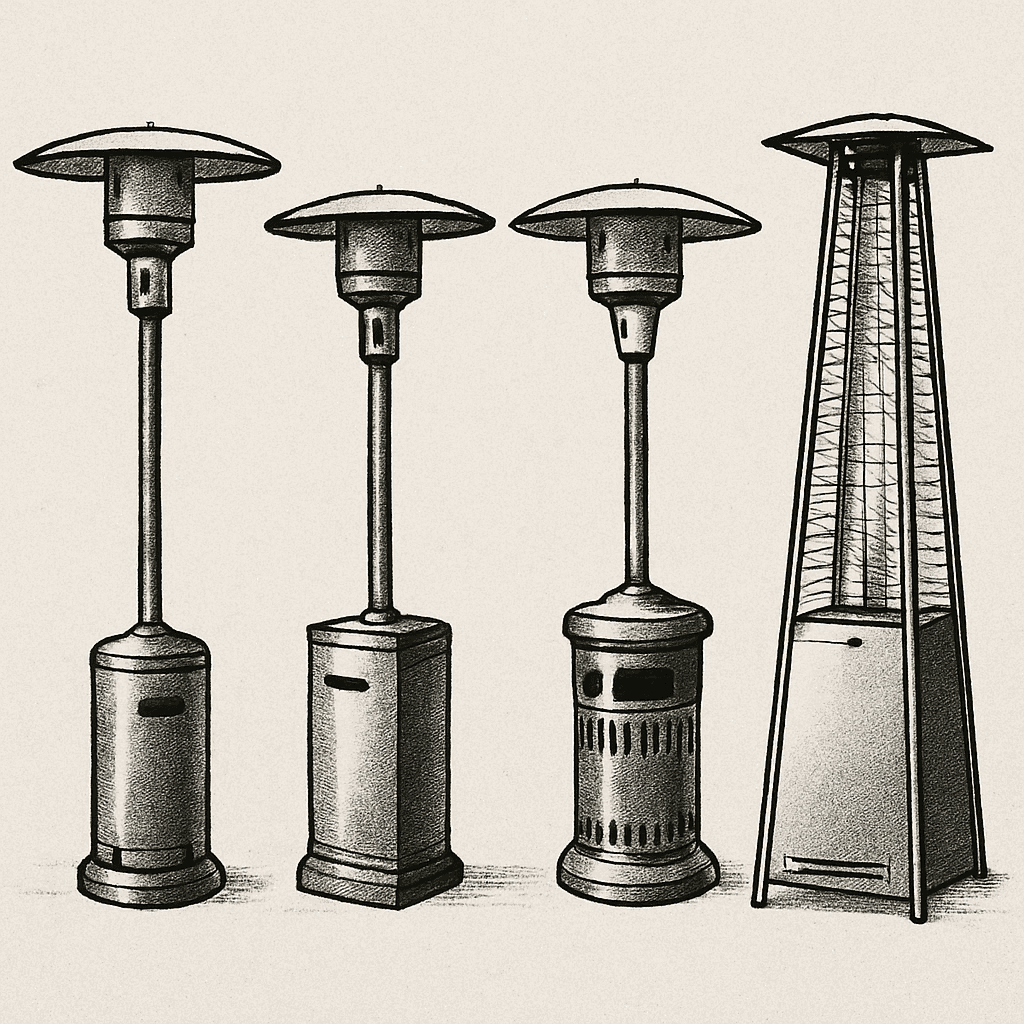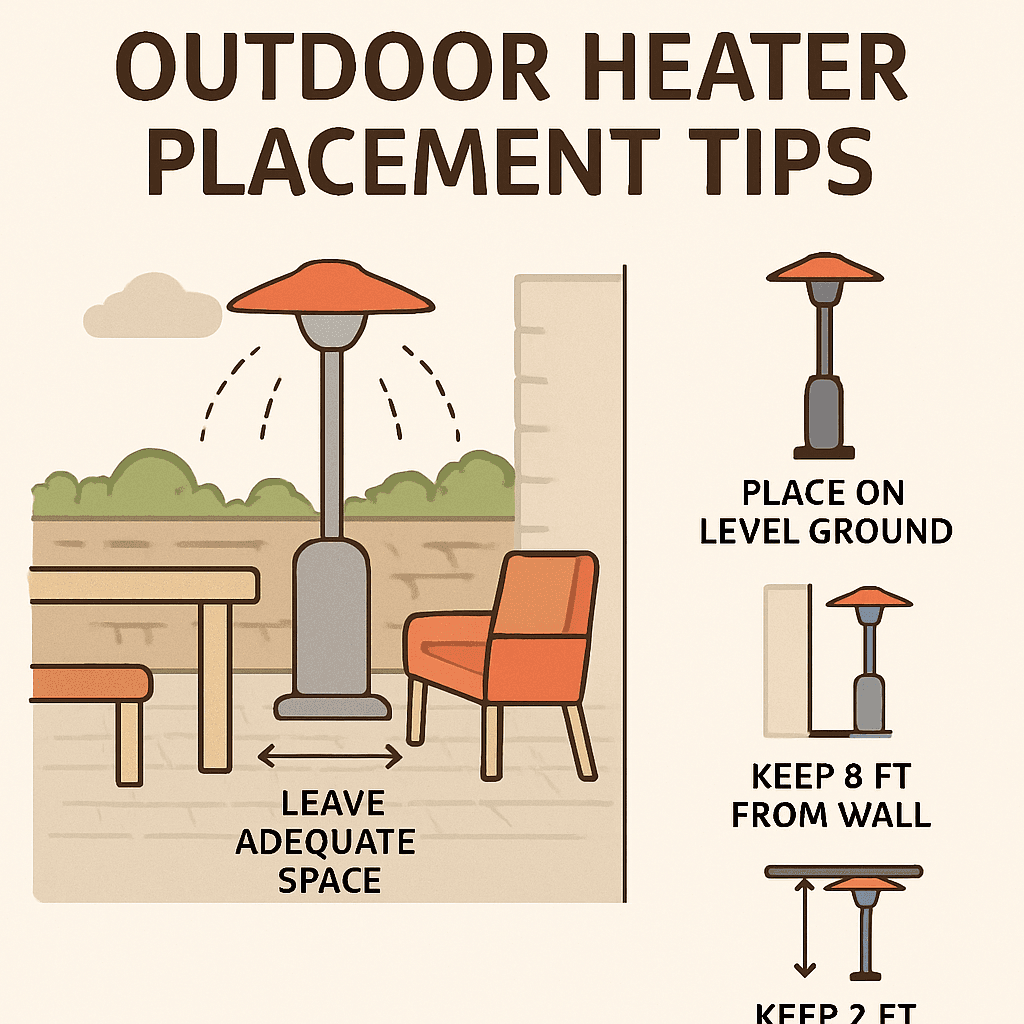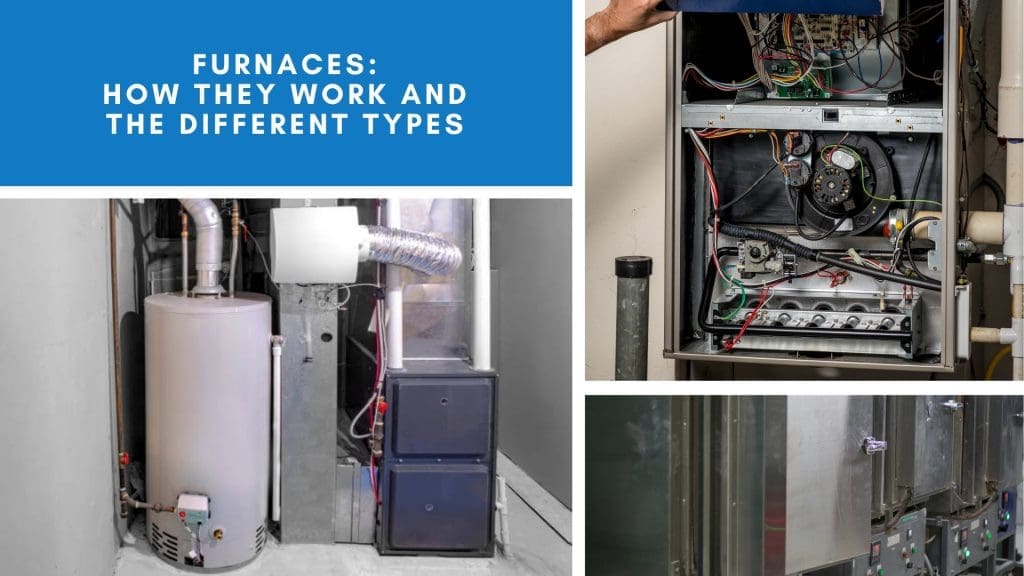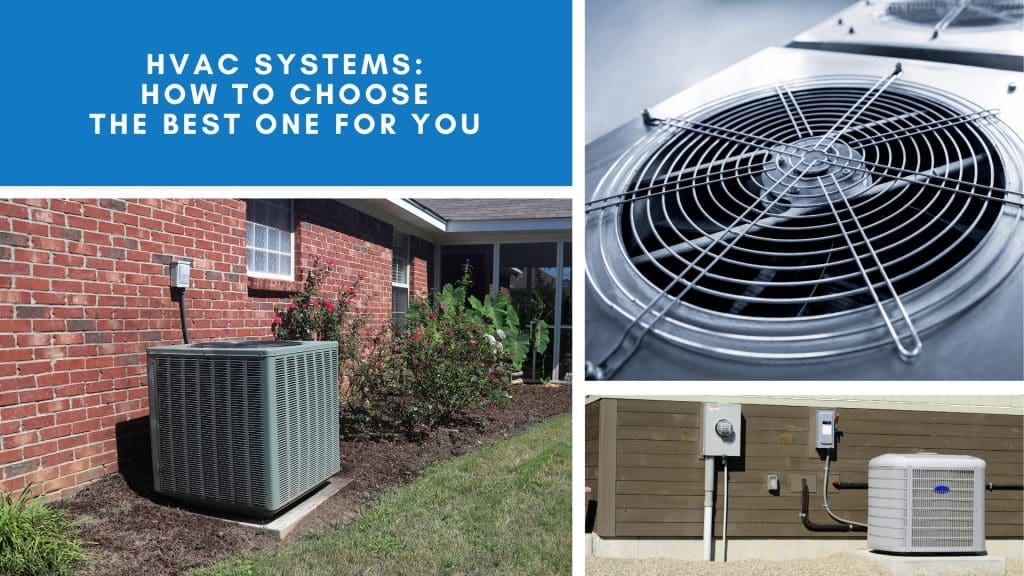Natural gas patio heaters are a popular choice for outdoor comfort in Pasadena. They provide warmth and extend the usability of outdoor spaces. However, safety is paramount when using these heaters.
Understanding the basics of natural gas heaters is crucial. They differ from propane and electric models in several ways. Knowing these differences helps ensure safe operation.
Proper installation and maintenance are key to preventing accidents. Always follow the manufacturer’s guidelines. Regular checks can prevent leaks and other hazards.

Ventilation is another critical factor. Outdoor gas heaters need ample airflow to function safely. This prevents dangerous gas buildup.
Educating family members about safe heater use is essential. Everyone should know how to operate the heater correctly. This knowledge can prevent mishaps.
Finally, being prepared for emergencies is vital. Knowing how to respond to gas leaks can save lives. Keep safety equipment nearby for peace of mind.
Understanding Natural Gas Patio Heaters: Types and Benefits
Natural gas patio heaters come in various types to suit different needs. They include freestanding, wall-mounted, and tabletop models. Each type offers unique advantages depending on your outdoor space.
Freestanding heaters are versatile. They can be easily moved and adjusted to warm larger areas. These are ideal for spaces needing flexible heating solutions.
Wall-mounted heaters save floor space and provide permanent warmth. They’re perfect for patios with limited room. Installation is more involved, but they offer a sleek, unobtrusive presence.
Tabletop heaters provide targeted warmth for intimate gatherings. They’re ideal for smaller patios or porch tables. Though compact, they still offer efficient heating capabilities.

The benefits of natural gas heaters extend beyond their types. They offer consistent heat output and are cost-effective compared to propane. Connecting directly to your home’s gas line reduces fuel hassle. Furthermore, their operation is simple and user-friendly, enhancing outdoor comfort effortlessly.
Key Safety Considerations Before Installation
Before installing a natural gas patio heater, safety should be your top priority. Proper planning ensures the heater operates efficiently without posing risks. This starts with selecting an appropriate location.
Examine your outdoor space to find the ideal spot. Ensure it’s open and free from low-hanging branches. Avoid placing the heater near combustible materials, as this can lead to fire hazards.
Verify your gas supply line for compatibility with the heater. The line must meet the heater’s specifications. Professional assessment ensures your gas line can safely handle the heater’s requirements.
Check local regulations in Pasadena. These guidelines ensure compliance with safety codes. Failing to adhere can result in fines or operational hazards.
Here are key pre-installation steps:
- Choose an open, safe location for the heater.
- Ensure adequate distance from walls and ceilings.
- Verify compatibility of your gas supply line.
- Adhere to Pasadena’s local safety regulations.
- Plan for proper ventilation in the area.

Taking these steps helps prevent potential issues later. Prioritizing safety in the planning phase safeguards your home and loved ones.
Proper Placement and Ventilation for Outdoor Gas Heaters
Ensuring proper placement and ventilation for your outdoor gas heaters is crucial for safety. Start by placing the heater on a stable, level surface. This helps prevent tipping, especially during wind.
Avoid placing the heater under awnings or eaves. Insufficient clearance can trap heat. This might lead to overheating and damage. An open sky location is often best.
Ventilation is key to preventing gas buildup. Even outdoors, ensure the area allows for airflow. This minimizes the risk of carbon monoxide exposure.
Consider local weather conditions when placing the heater. Strong winds can impact performance and safety. Protective barriers or shields can be used to mitigate this.
Key placement and ventilation tips include:
- Use a stable, flat surface.
- Ensure open clearance above the heater.
- Maintain good airflow around the unit.
- Protect against strong winds with barriers.
- Avoid positioning under low roofs or trees.
Proper placement and ventilation not only enhance safety but also optimize efficiency. These practices ensure your outdoor space remains warm and welcoming.
Safe Operation: Using Your Natural Gas Patio Heater Responsibly
Operating your natural gas patio heater responsibly begins with understanding its controls. Familiarize yourself with the ignition system and the shut-off valve. This ensures you can operate it safely and efficiently.
Before each use, inspect the heater for signs of wear or damage. Check for secure connections and ensure there are no leaks. If anything seems off, don’t use the heater until it’s inspected.
During operation, always be mindful of the heat radius. Keep children, pets, and flammable items at a safe distance. Avoid leaving the heater unattended to prevent accidents.
Windy conditions demand extra caution. Strong gusts can extinguish the flame or tip the heater. Consider safety shut-off valves that activate automatically when tipped.
Key operational tips include:
- Familiarize with controls before use.
- Inspect for damage and leaks regularly.
- Maintain a safe distance from the heat source.
- Be cautious in windy environments.
- Never leave the heater unattended while on.
By following these safety practices, you ensure not only your own safety but also the well-being of those around you. Safe usage enhances enjoyment and longevity of your outdoor heating solution.
Regular Maintenance and Inspection Checklist
Regular maintenance is key to extending the life of your natural gas patio heater. A well-maintained heater operates more efficiently and safely, which is crucial in protecting your family and property.
Start with a monthly visual inspection. Check for cracks, dents, or rust on the heater’s exterior. Examine hoses and connections for signs of wear or leaks. If you detect an issue, address it promptly.
Annually, schedule a professional maintenance check. This ensures the internal components are in good shape. Professionals can identify issues that might not be visible to the untrained eye.
Include these tasks in your maintenance routine:
- Monthly visual checks for exterior damage.
- Examine hoses for wear and leaks.
- Annual professional inspection.
- Clean the burners and fans regularly.
- Ensure the ignition system works correctly.
By sticking to a regular maintenance schedule, you ensure the safety and efficiency of your heater. This investment in upkeep will yield benefits in durability and performance over time.
Recognizing and Responding to Gas Leaks and Emergencies
Gas leaks pose serious risks and need prompt attention. Recognizing the signs early can prevent dangerous incidents. Stay alert to detect unusual smells, such as rotten eggs, which indicate a gas leak.
If you suspect a leak, act quickly and calmly. Immediately turn off the gas supply and evacuate the area. Avoid using electronic devices or sparking flames, which could ignite the gas.
Safety should always come first in emergency situations. Call emergency services once you’re at a safe distance. It’s crucial to let professionals handle potential gas leaks.
Here’s a quick response checklist for suspected gas leaks:
- Turn off the gas supply immediately.
- Evacuate the area calmly and quickly.
- Avoid using electronic devices or open flames.
- Contact emergency services from a safe location.
By knowing the warning signs and proper actions, you can protect your household from the dangers of gas leaks. Stay informed and prepared to ensure safety is always prioritized.
Protecting Children, Pets, and Your Outdoor Space
Safety around natural gas patio heaters is crucial, particularly with children and pets nearby. It’s important to establish clear safety boundaries. Encourage kids to play at a safe distance and teach them about heater safety.
Pets, too, need protection from potential burns. Ensure your heater is positioned far from pet areas. Fencing or barriers can add extra safety around heaters, preventing curious paws from getting too close.
Remember, your outdoor space itself also needs safeguarding. Be aware of how heat affects nearby plants and furniture. Incorporate these practices to keep your space safe:
- Establish clear boundaries around heaters.
- Use barriers or fencing for additional safety.
- Educate family about potential heater hazards.
These steps are essential for maintaining a safe environment that’s enjoyable for everyone. By proactively setting safety measures, you create a secure outdoor setting for your family and pets.
Seasonal Storage and Weather Protection Tips
When cooler months approach, it’s essential to store your natural gas patio heater properly. Doing so extends its lifespan and ensures readiness for future use. Begin by disconnecting the gas supply and cleaning the heater thoroughly.
Consider using a weather-resistant cover to protect the heater from moisture and debris. This will shield it from harsh weather elements and reduce the risk of rust and wear. Additionally, storing the heater in a sheltered area adds another layer of protection.
For optimal storage and protection:
- Disconnect and clean the heater before storage.
- Use a durable cover to safeguard against weather damage.
- Store in a dry, sheltered location.
By following these steps, you’ll maintain your heater in excellent condition, ensuring it’s ready to provide warmth when needed again. Proper storage and protection are key to keeping your outdoor space heater functional and safe.
Energy Efficiency, Environmental Impact, and Local Pasadena Regulations
Choosing an energy-efficient natural gas patio heater benefits both your wallet and the environment. Efficient models reduce gas consumption, lowering utility bills and minimizing carbon footprint. Look for models with high energy ratings to optimize performance.
Understanding the environmental impact is crucial. Natural gas is a cleaner option than many fossil fuels, but it’s important to use heaters responsibly. Proper usage and maintenance further decrease environmental impact, ensuring your heater operates cleanly.
In Pasadena, staying informed about local regulations is key. Compliance includes:
- Checking for permit requirements.
- Adhering to safety codes.
- Understanding emissions standards.
Following these guidelines ensures safe and lawful operation while promoting a healthy environment. By considering energy efficiency and local regulations, you contribute to a sustainable community and enjoy peace of mind.
When to Call a Professional: Service, Repairs, and Upgrades
Knowing when to contact a professional can prevent major issues with your natural gas patio heater. Even routine checks can spot minor issues before they escalate. Proactive maintenance is key to long-term reliability.
Consider calling a professional if you notice:
- Strange noises or odors.
- Inconsistent heat output.
- Any visible damage or wear.
Professional assessments ensure your heater remains safe and functional. They offer invaluable insights into whether repairs or an upgrade are needed. Relying on expert help maintains efficiency and extends the heater’s lifespan, allowing you uninterrupted outdoor comfort.
Conclusion: Enjoying Safe, Comfortable Outdoor Heating in Pasadena
Natural gas patio heaters transform chilly evenings into pleasant outdoor experiences. By following safety guidelines, you ensure these heaters are a reliable part of your Pasadena lifestyle.
Safety extends beyond simple compliance. It’s about creating an inviting outdoor space where family and friends feel cozy and secure. Embrace these practices, and you’ll enjoy warmth and peace of mind in your outdoor oasis.


